The Hidden Environmental Benefits of Dry Stone Walls
Beyond Beautiful: The Eco-Friendly Side of Dry Stone Walling
When most people think about construction, they imagine cement mixers, heavy machinery, and a significant carbon footprint. Dry stone walling couldn’t be more different. We use absolutely no cement or concrete in our walls—just carefully selected and skillfully placed stone. This means zero manufacturing emissions and no chemical binders entering the soil.
The satisfaction of transforming what some might consider rubble into a beautiful new wall is immense. Even better is knowing we’ve saved tons of carbon compared to building with concrete blocks.
Nature’s High-Rise Apartments
Last summer, while repairing a wall near Ripon, our team spotted something fascinating. A small colony of solitary bees had made their home in the sun-warmed crevices of the south-facing section. These important pollinators are declining nationwide, yet here they were, thriving in the microhabitat created by our handiwork.
Dry stone walls aren’t just structures; they’re vertical wildlife reserves. Each wall we build becomes home to an incredible variety of creatures:
- The Lizard Lounge: Common lizards love basking on sun-warmed stones before retreating into crevices for safety
- Beetle Boulevards: The tiny spaces between stones become highways for beetles and other insects
- Mouse Mansions: At the base of every wall, mice and voles create cozy homes among the lower stones
- Bird Balconies: We’ve watched robins and wrens raise their young in the perfect nesting pockets formed between stones




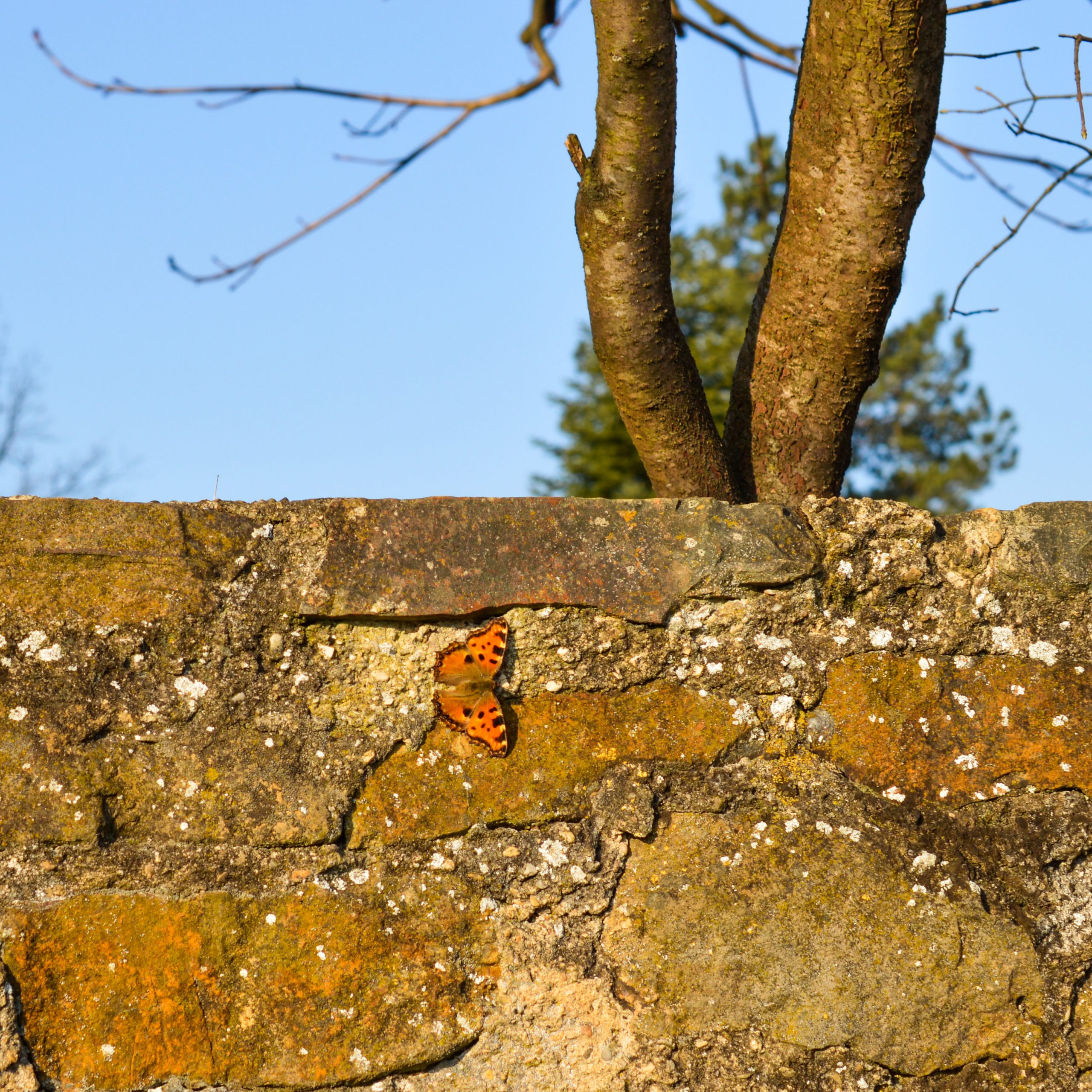
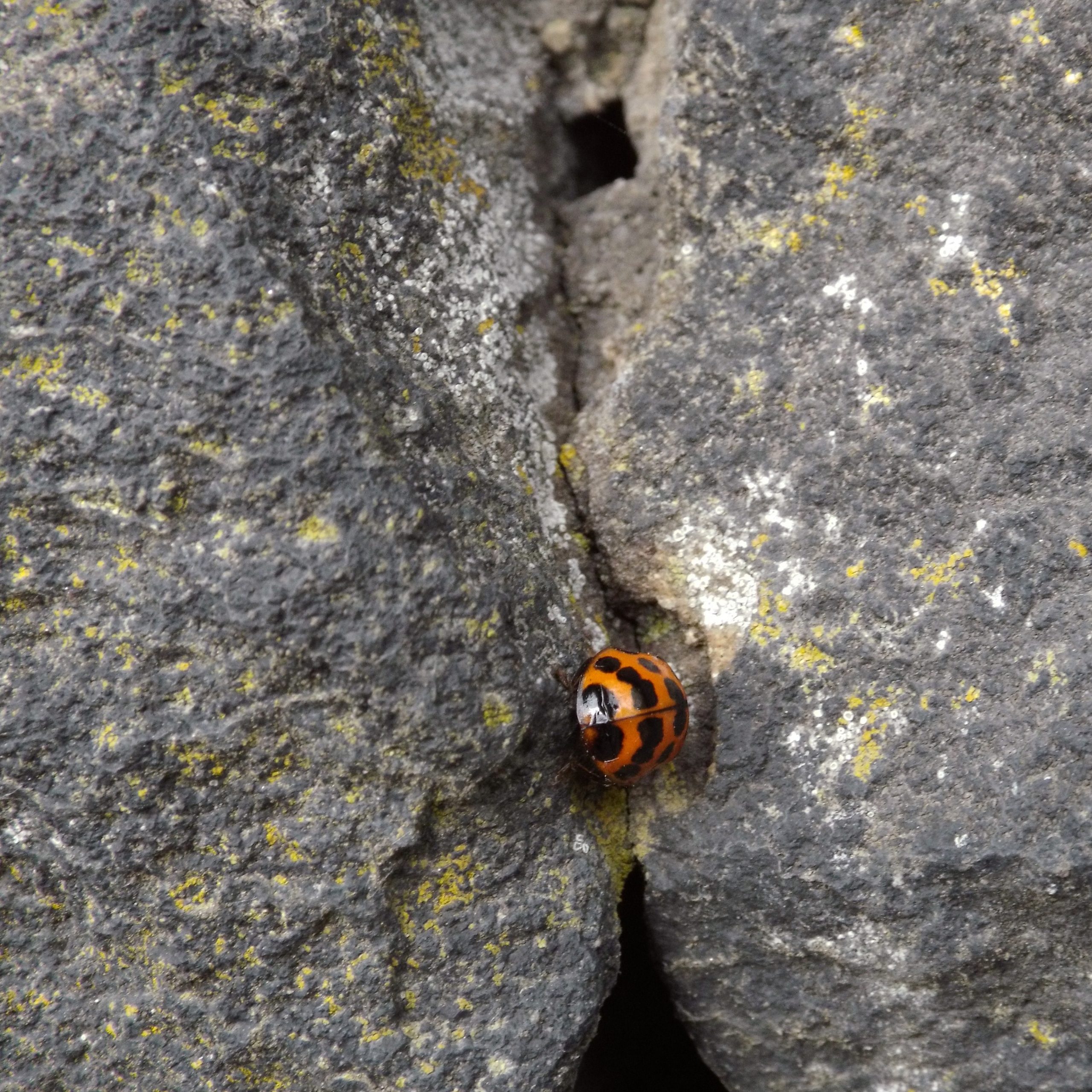
A Climate-Friendly Construction Choice
In today’s climate-conscious world, the carbon footprint of construction deserves serious attention. A typical concrete wall involves:
- Cement production (one of the world’s largest carbon emitters)
- Sand extraction (often environmentally damaging)
- Transportation of heavy materials
- Power-hungry machinery
- Chemical additives
Our approach eliminates all of these concerns.
Water Wisdom
With increasing flood events affecting communities, how we manage water matters more than ever. Unlike solid concrete barriers that cause water to rush around or over them, dry stone walls allow gradual filtration. During the heavy rains last season, we observed how a recently completed wall on a hillside property allowed water to seep through slowly rather than creating damaging runoff.
Keeping Traditional Skills Alive
There’s something deeply satisfying about using techniques that have remained largely unchanged for thousands of years. Each member of our team has spent years perfecting their craft, learning how to “read” a stone’s natural shape and place it in exactly the right position.
This knowledge—passed down through generations—represents not just practical skills but a connection to our ancestors and their sustainable approach to modifying the landscape.
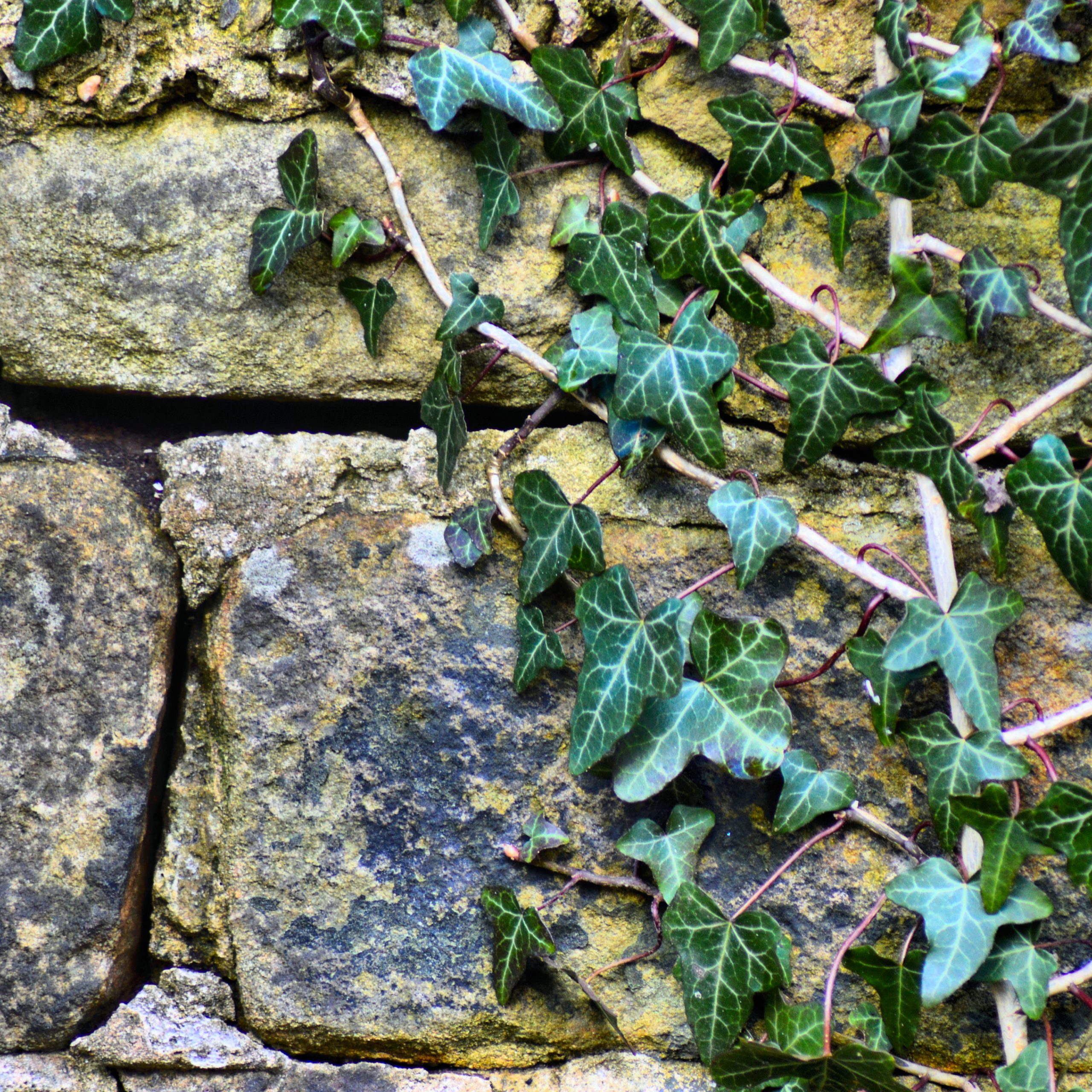
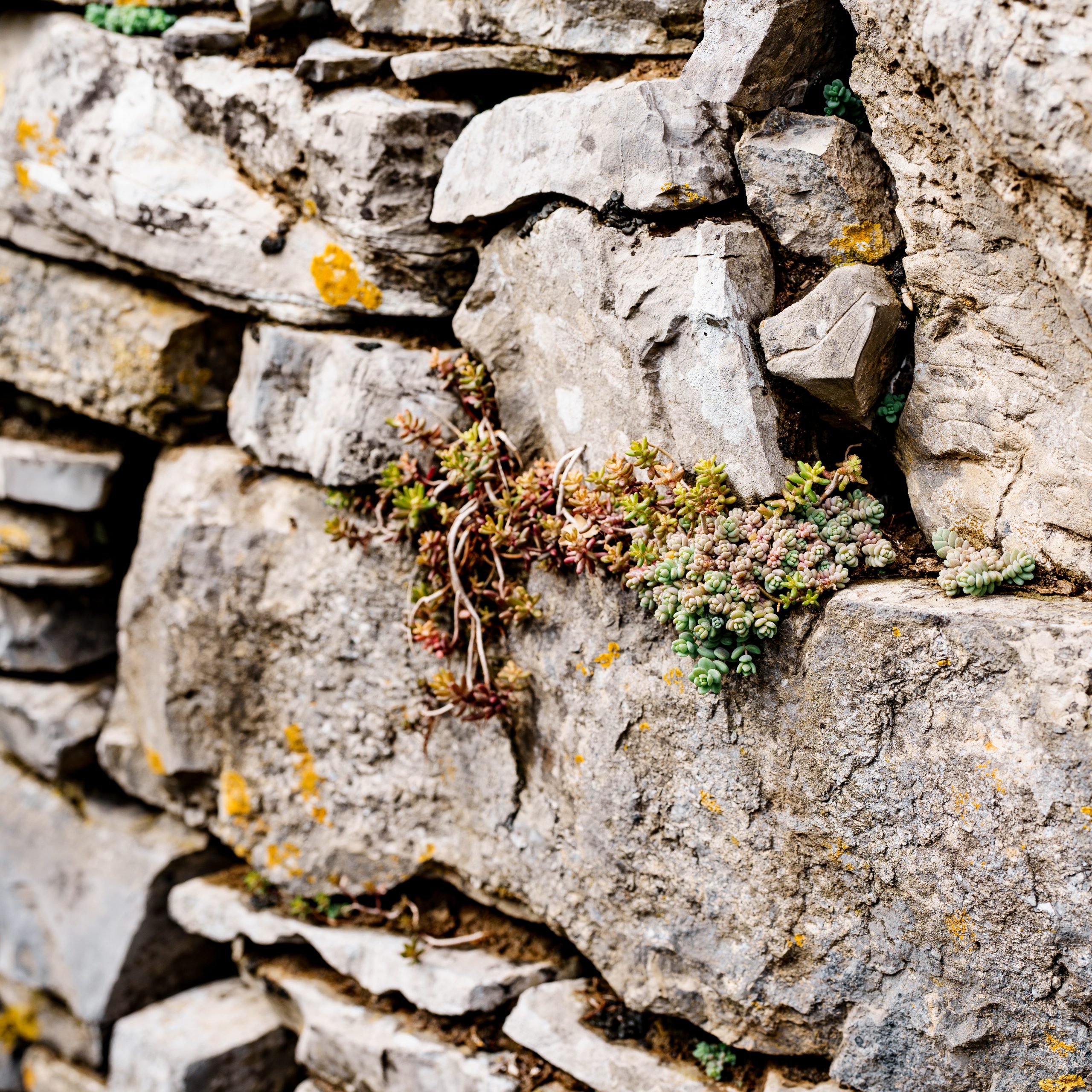
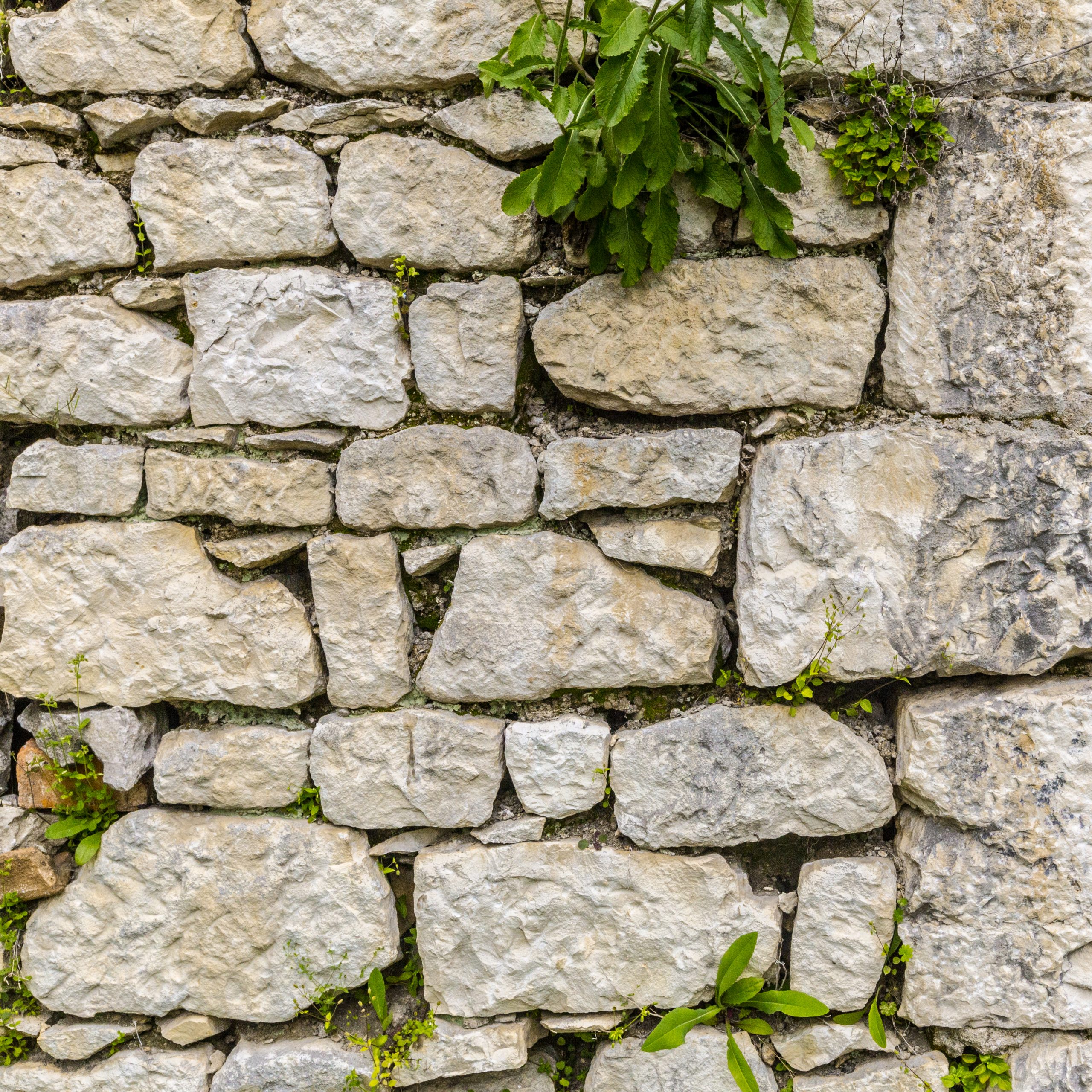
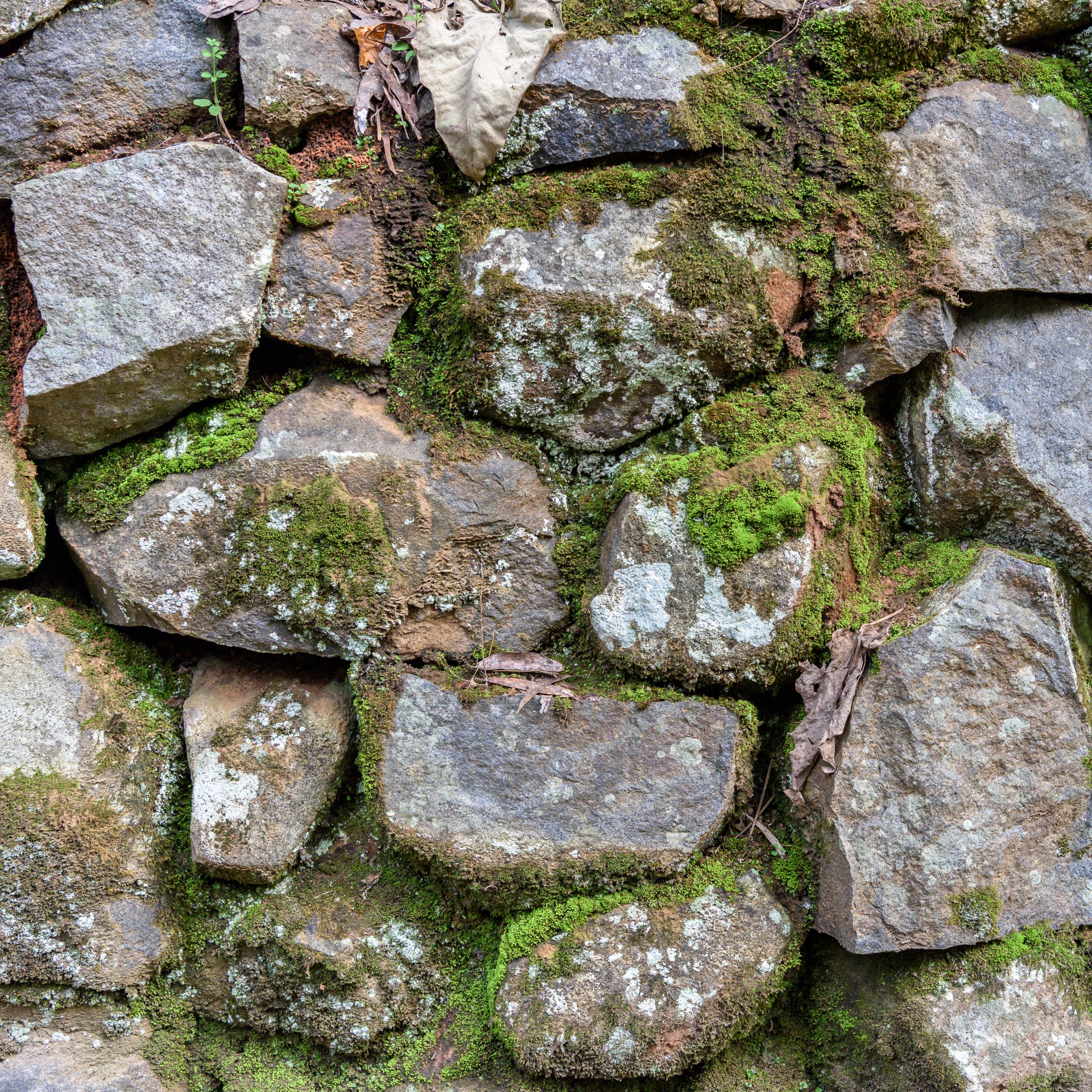

Looking to the Future
As we face environmental challenges, looking to the past sometimes offers unexpected solutions. Dry stone walls represent an ancient technology perfectly suited to modern environmental concerns:- Zero carbon construction
- Wildlife habitat creation
- Natural water management
- Extreme durability with minimal maintenance
